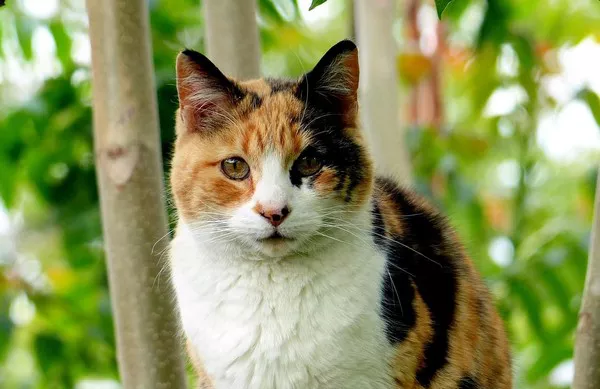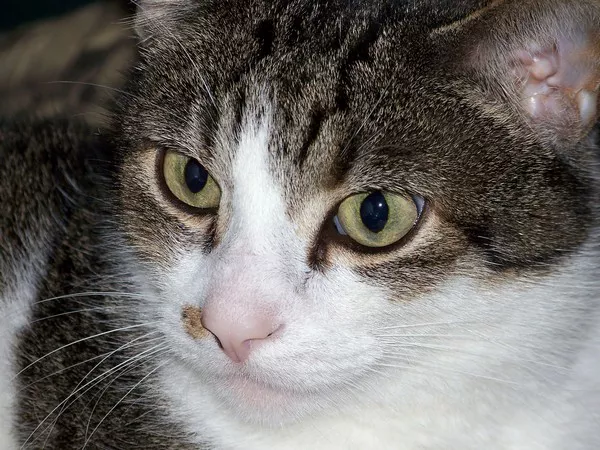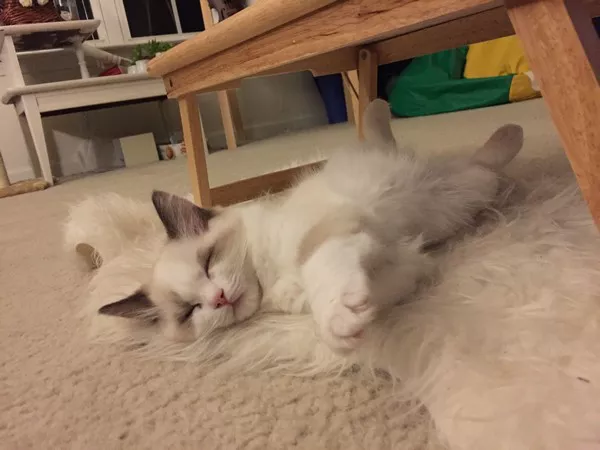Cats, natural hunters, have a tendency to bring “gifts” to their owners in the form of hunted prey. However, a recent study highlights the risks that outdoor cats pose not only to themselves but also to local wildlife.
Molly Guyette, a third-year Doctor of Veterinary Medicine and veterinary public health and epidemiology master’s student at the Texas A&M School of Veterinary Medicine and Biomedical Sciences (VMBS), sheds light on the perils associated with outdoor cats that hunt other animals.
Outdoor cats, including domestic house cats, can potentially harm native ecosystems as they hunt various small animals such as birds, rabbits, and lizards. Research estimates reveal that as many as 4 billion birds, 22.3 billion mammals, and 1.1 billion amphibians and reptiles fall prey to free-roaming cats annually in the United States. Moreover, domestic cats have been implicated in the extinction of at least 63 species of birds, mammals, and reptiles.
The detrimental impact of cats on wildlife goes beyond direct contact. The mere presence of a cat within an ecosystem can disrupt a bird’s ability to forage, feed their young, and defend themselves from other predators. To mitigate this wildlife predation by cats, the most effective method is to keep cats indoors.
While it can be challenging to keep cats indoors due to their natural inclination for the outdoors, owners have options to protect local wildlife. One approach is outfitting cats with an “alarm system” like a collar with a bell. These warning devices may not prevent nestlings or eggs from being preyed upon, but they can alert some wildlife, enabling them to flee.
Owners should also consider why their cat is outdoors, as this affects the measures required. If a cat enjoys the outdoors, lounging in the sun or playing in the grass, owners can allow them outside in an enclosure or leashed under direct supervision. However, if cats are kept outdoors due to undesirable behaviors like scratching, inappropriate urination or defecation, or aggression, owners should consult a veterinarian for assistance in managing these behaviors and ensuring their cats are comfortable indoors.
In addition to protecting wildlife, keeping cats indoors also benefits the cats themselves. Cats that roam freely outdoors have significantly shorter lifespans compared to indoor cats, with outdoor cats averaging 2-5 years while indoor cats often live 10-20 years. Outdoor cats face various risks, including contracting illnesses from other animals, acquiring worms, fleas, or ticks, and being injured or killed by cars or wildlife, such as coyotes and dogs.
Owners should prioritize vaccinations against disease-causing organisms that can be transmitted between cats, wildlife, and even humans. This includes diseases like rabies, which is required by state laws to be vaccinated against in cats. Preventing rabies spread is crucial because the virus can easily transmit through bites or scratches, leading to severe neurological symptoms and death.
Another disease of concern is toxoplasmosis, caused by the parasite Toxoplasma gondii. Symptoms include fever, fatigue, and potential eye damage if left untreated. Cats play a critical role in transmitting toxoplasmosis, as the disease requires a cat as part of its life cycle. Cats become infected when they consume an infected host, such as a rodent or infected raw meat. Infected cats shed the parasite for less than two weeks, but if the parasite matures for over 24 hours in cat feces, it can become infectious to others, especially pregnant or immunocompromised individuals.
Furthermore, both external (fleas and ticks) and internal (roundworms and heartworms) parasites can transmit diseases between cats and wildlife. Outdoor cats are more likely to spread parasites and other illnesses due to their increased contact with parasites in the environment. They can also spread feline leukemia, a contagious virus that suppresses the immune system, to other cats.
In conclusion, free-roaming cats pose dangers to wildlife and themselves. To protect these feline companions, reduce the spread of contagious diseases, and offer them a healthier and longer life, owners should consider measures to keep their beloved cats safely indoors.





















